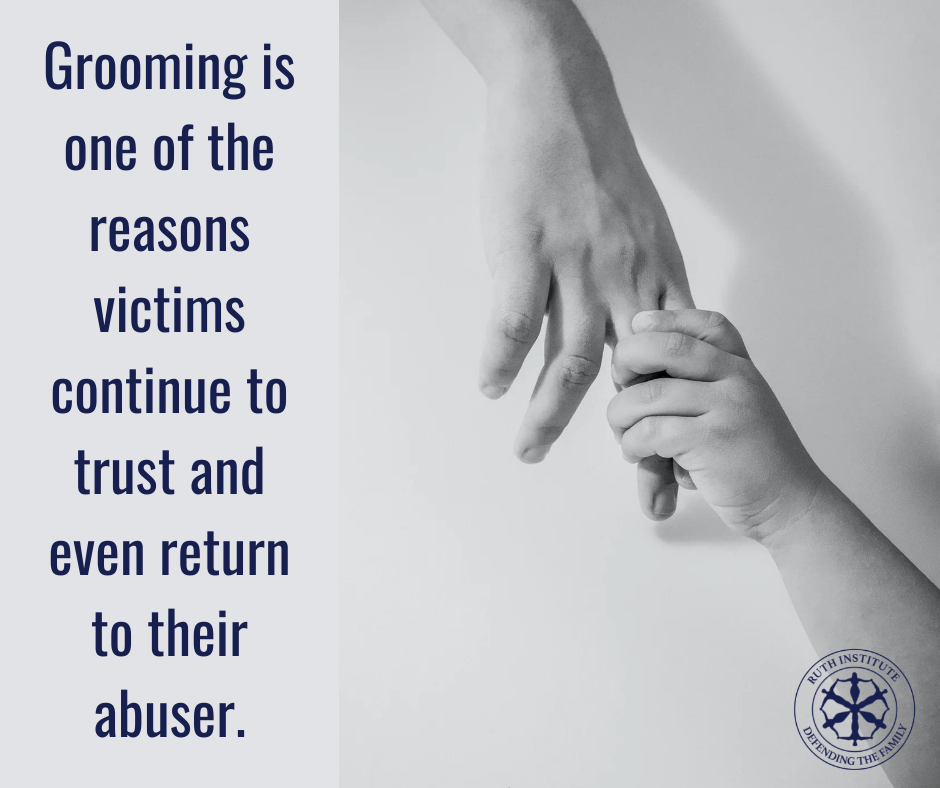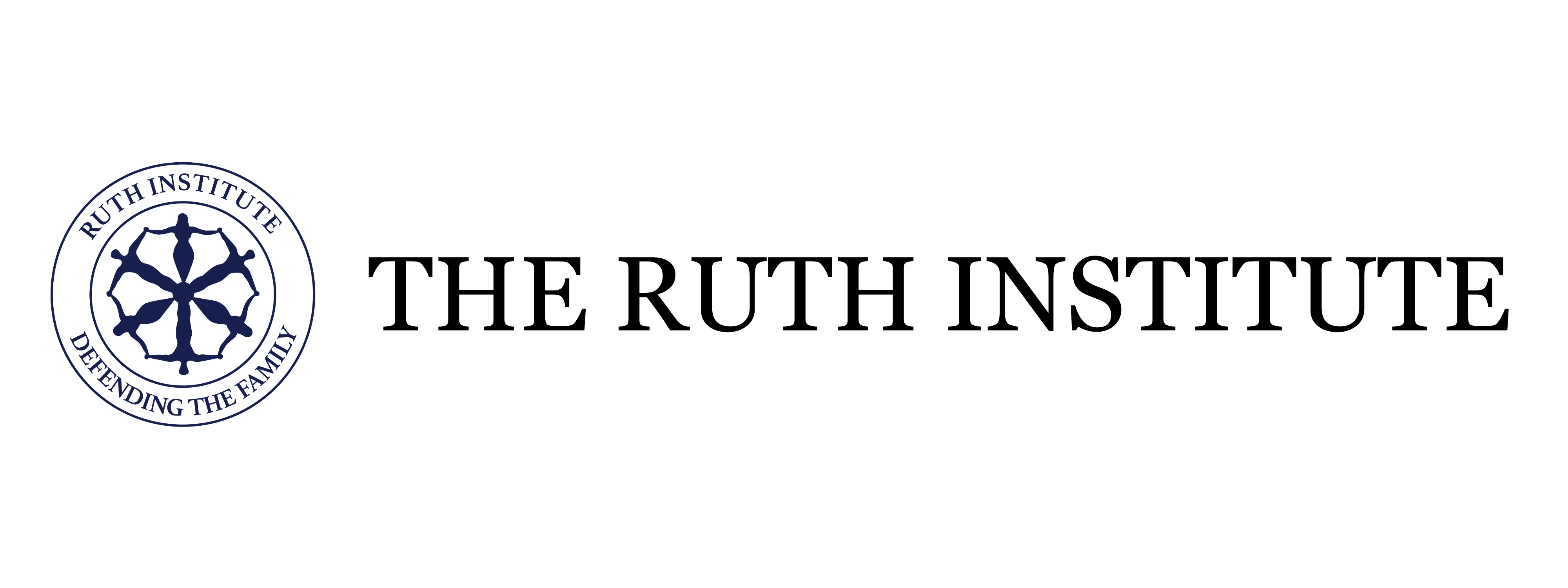One of the questions I get a lot in regard to sexual abuse cases is, “Why did the victim keep going back to his or her abuser?” The answer is grooming.
Learning and understanding the warning signs of the grooming process is crucial in order to better protect ourselves and others from predators. The grooming process remains one of the most misunderstood aspects of sexual abuse. A lot of people tend to paint a picture of a predator as a creepy, disheveled looking man wearing dingy clothes and standing alone in the shadows of a dark alleyway. The fact is, however, that predators don’t have a specific “look” and often surprise people when they turn out to be charismatic, likeable, and well-kept individuals sometimes in positions of authority. The majority of predators know the victim prior to the abuse (such as a relative, teacher, priest, or coach). This relationship makes it easier for predators to access their victims. It also makes detecting abuse less likely since most people would not suspect that person in the first place.
So what is grooming?
Essentially, grooming is when an abuser carefully selects and “prepares” his victim. It is the process by which predators deliberately, secretly, and gradually build (and oftentimes maintain) relationships with their victims. The pre-existing relationship of trust enables a predator to abuse their selected victim/s.

Grooming is one of the reasons victims continue to trust and even return to their abuser. Predators are master manipulators and are able to shift blame onto the victim, creating a sense of self-doubt in the victim’s mind. Sometimes victims will be made to feel sympathetic toward their abuser. A victim may even come to care for, have compassion for, or develop a connection with their abuser, a condition known as Stockholm Syndrome. This can be a survival strategy for victims and is commonly found in toxic relationships, such as between a parent or child or a spiritual leader and their victim.
It is important to note that grooming can be used in cases of both child and adult abuse and can happen, not only in person, but online or via use of technology as well.
Here are some of the most common characteristics of the grooming process:
- A predator will carefully select his/her victim based on ease of contact and how vulnerable that individual is perceived to be. For example, a child who is alone often will be an easier target than a child who is always with an adult.
- Selection then leads to slowly finding opportunities to isolate the victim.
- From there, the abuser gains the victim’s trust. The inappropriate “stuff” doesn’t usually happen right away. It happens slowly over a period of time as the abuser proves himself or herself to be a trustworthy individual. Someone like a relative, teacher, priest, coach, or other person who is generally seen as a trusted individual is going to find it easier to gain the trust of victim.
- A predator will get the targeted victim to start keeping secrets. These secrets might start small (such as, “Don’t tell your mom about the candy I gave you.”) and slowly work up to bigger things.
- An important aspect of grooming is desensitizing the victim to touch and to sensitive topics of a sexual nature. While the “bad touch” doesn’t usually happen right away, the abuser will slowly add touch to the relationship. These seemingly innocent touches (such as a touch to the shoulder or on the head) slowly grow into something more sinister, aggressive, and sexual. Predators will try to make these behaviors seem normal and, if the victim resists, the predator will place blame on the victim or make them feel as if they are over-reacting.
- The predator will often maintain the relationship for a long period of time and continue controlling their victim by various methods some of which can include secrecy, guilt, blame, threats, and gifts.
Be aware of individuals who try to isolate you (or your children), try to get you to keep secrets, push boundaries, and even lavish you with special attention and gifts. These can all be signs of a potentially abusive situation.
Don’t forget that grooming doesn’t just involve individuals. Predators are master manipulators and groom entire families and communities as well. The sex abuse scandal plaguing the Catholic Church is a perfect example. Teachers who sexually abuse students groom families and school communities so that people think that this particular individual would never be capable of such terrible acts. An abusive relative (such as an uncle, aunt, or cousin) will do the same.
Knowing and understanding the warning signs of the grooming process is important so we can better prevent abuse and also better understand and support victims. Most forms of abuse can and do involve grooming and the behaviors are not usually illegal and so, until any actual abuse has taken place, there is little that can be done from a legal perspective. However, if potentially grooming behavior is seen or suspected, possible victims, parents or guardians can and should still report their concerns in order to create more oversight to the suspected potential predator. For example, if a teacher seems to be seeking out alone time with your child or is giving them lots of gifts, it may be time to have a talk with the principal and express your concerns.

Parents, talk to your children. Talk to them about bad touch, boundaries, keeping secrets, and be aware of who they are around and what kinds of activities they are engaged in. In closing, please remember that if you have been groomed and abused, it is never your fault. Also, if you are the parent of a child who has been groomed and abused, it is also not your fault. The best you can do as a parent is be involved in your children’s lives, learn the signs of the grooming process, and be on the lookout for potential predators. It could just be the person you least expect.


